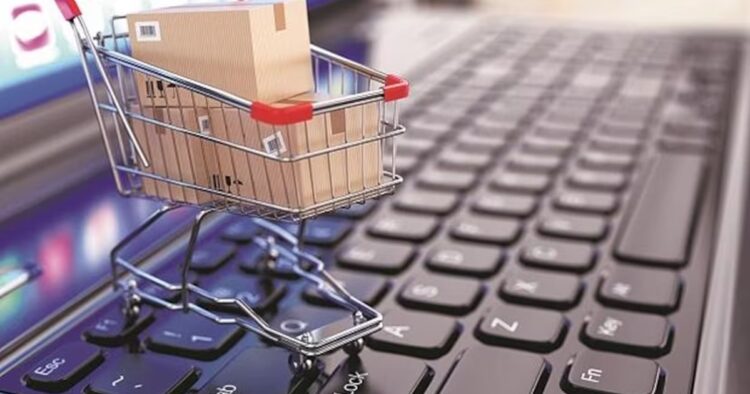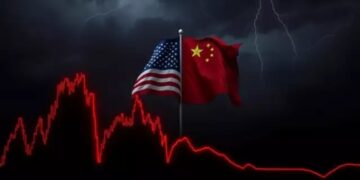Bharat’s e-commerce market is poised for a remarkable surge, with expectations to skyrocket to a staggering USD 325 billion by the year 2030. The digital economy, not to be left behind, is forecasted to reach a whopping USD 800 billion.
These projections highlight Bharat’s ascent as a global e-commerce powerhouse, with Invest Bharat reporting that the country currently boasts the second-largest internet user base globally, expected to grow to 881 million users by 2030.
Presently Bharat’s e-commerce sector stands at USD 70 billion, accounting for about 7% of the total retail market. However, with significant factors driving its growth, including increasing internet penetration and affordability of data prices, the future looks promising.
Internet penetration in Bharat has witnessed remarkable growth, with approximately 52% of the population, or around 759 million people, accessing the internet in 2022. This trend is expected to continue, with around 87% of Bharatiya households projected to have internet connections by 2025. Moreover, the rise in smartphone users, anticipated to reach 1.18 billion by 2026, further fuels the digital economy.
Affordability in data prices is a significant driver of Bharat’s e-commerce boom, with one gigabyte of data costing approximately USD 0.17 (Rs 13.5), making it accessible to the majority of the population. This, coupled with the increase in average data consumption per user and the surge in mobile data traffic, showcases the growing reliance on digital platforms for various needs.
The Unified Payments Interface (UPI) has emerged as a game-changer in digital payments, facilitating USD 1.5 trillion transactions in 2022 alone. With 81% of Bharat’s population expected to have access to smartphones by 2026, the digital payment landscape is poised for further growth.
Moreover, the availability of local language and mobile-first content has seen a surge, with approximately 73% of Bharat’s internet subscribers using Bharatiya languages. This has created an estimated regional language base of 540 million, offering a substantial market size of USD 53 billion.
Responding to the shifting landscape, there’s been a notable shift towards rural-led value e-commerce, with over 60% of demand expected to come from tier 2-4 towns and rural Bharat by 2026. Government initiatives such as the National Logistics Policy aim to streamline deliveries to hinterlands, making logistics efficient and cost-effective.
In other sectors like hyperlocal mobility and health tech, significant growth is anticipated, with quick commerce market projected to reach USD 5.5 billion by 2025 and preventive healthcare expected to double in size by the same year, creating numerous job opportunities.
In addition, social commerce is set to expand, with a market size expected to reach USD 70 billion by 2030, driven by small video applications gaining wide appeal.
Key mergers and acquisitions in the e-commerce sector, along with government initiatives like Jan Dhan Yojana, BharatNet Project, and the introduction of Goods & Service Tax (GST), have played a crucial role in shaping Bharat’s digital economy. As Bharat continues on this trajectory, it is poised to become a global leader in the e-commerce landscape.

















Comments